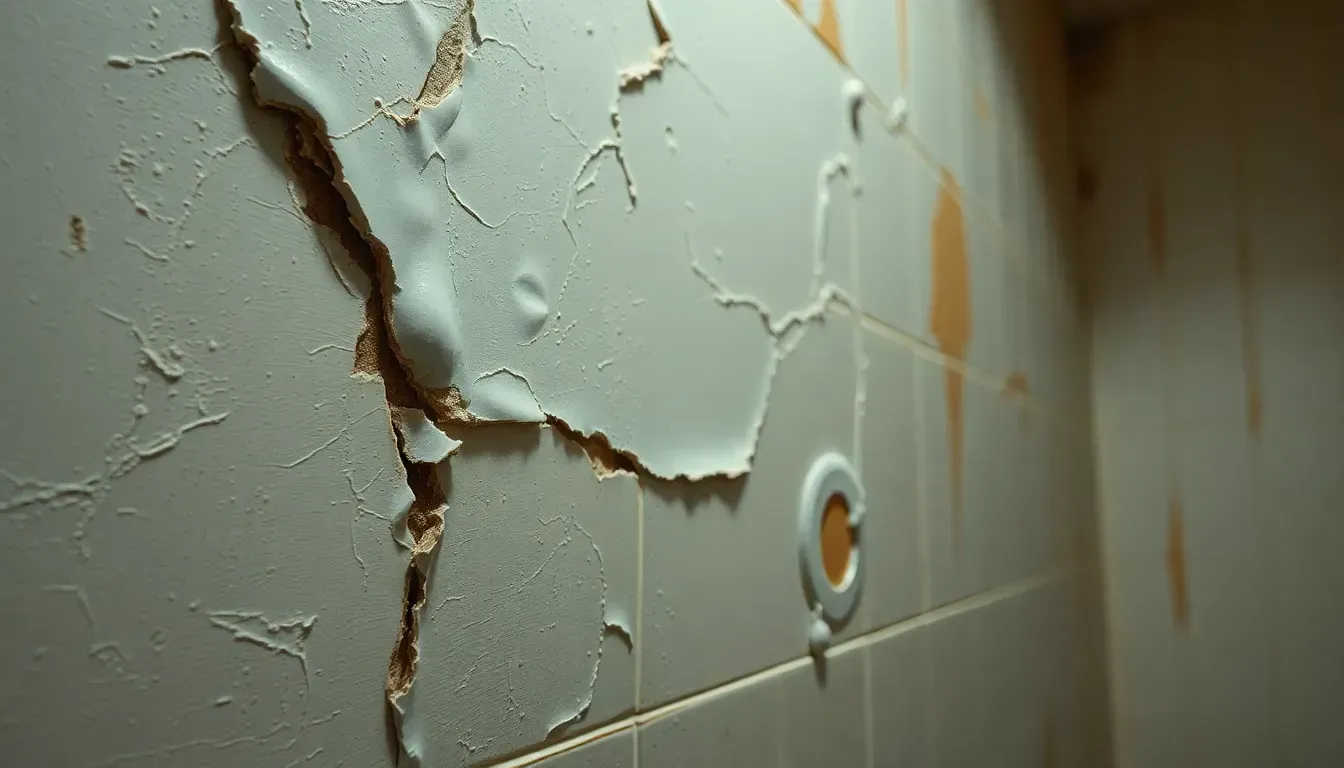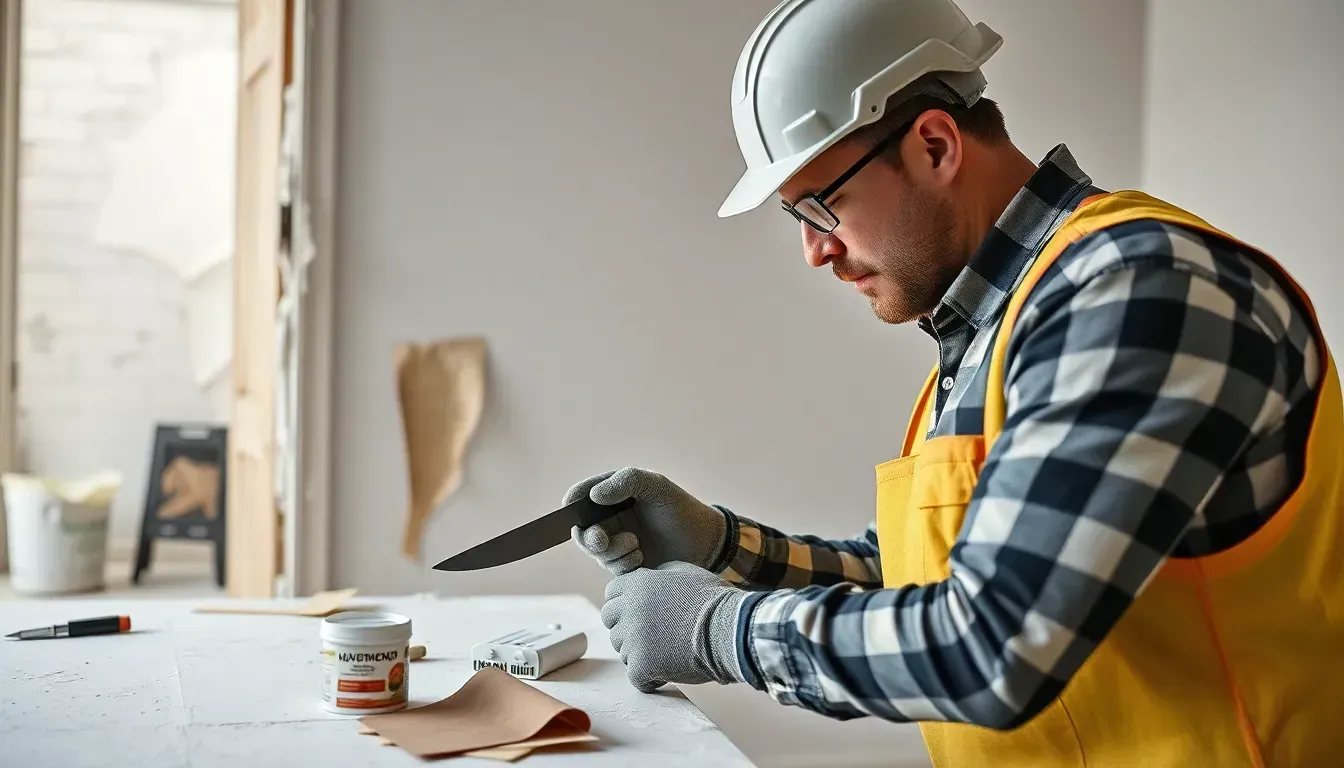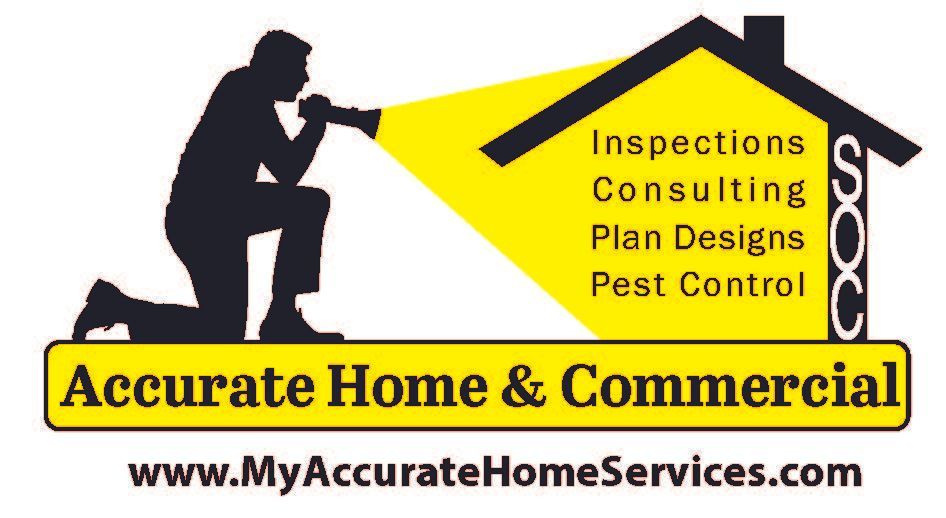Drywall Bulging or Bubbling? Find Out Why and How to Fix It Fast
Homeowners often face a range of frustrations when it comes to maintaining their properties, and one of the most common issues is drywall bulging or bubbling. This unsightly problem can be more than just an aesthetic concern; it often indicates underlying issues such as moisture intrusion or structural damage. Identifying the root cause early can save homeowners from costly repairs down the line.
Understanding the signs of drywall bulging or bubbling is crucial for effective home maintenance. With the right knowledge and timely intervention, homeowners can address these issues before they escalate. By staying informed about potential causes and solutions, they can ensure their living spaces remain safe and comfortable.
Understanding Drywall Bulging or Bubbling
Drywall bulging or bubbling typically indicates underlying issues within a structure. Moisture intrusion serves as the most common cause, resulting from leaks, high humidity, or poor ventilation. Identifying these signs early significantly decreases the risk of extensive damage.
Insufficient support can lead to bulging as well. Drywall relies on a stable framework; without it, the material may warp over time. Frequent temperature fluctuations also contribute to this problem, causing drywall to expand and contract.
To diagnose the issue, homeowners should conduct visual inspections. Check for noticeable bumps or ripples on the surface. Tap on the affected area; hollow sounds suggest a lack of adhesion to the framework.
Corrective actions exist once the cause is identified. Repairing leaks, enhancing ventilation, and re-establishing structural integrity can prevent further damage. If signs of moisture persist, professional assistance may be necessary.
Ignorance of these issues can escalate into costly repairs, making awareness crucial for maintaining the integrity of any home. Homeowners should prioritize regular inspections to catch potential issues before they worsen. Understanding drywall bulging or bubbling serves as the first step in safeguarding a property’s value and comfort.
Causes of Drywall Bulging or Bubbling
Drywall bulging or bubbling commonly results from various underlying issues that require attention.
Moisture Issues
Moisture intrusion ranks as the primary cause of drywall bulging or bubbling. Sources of moisture may include leaks from plumbing systems, roof issues, or excessive humidity. High humidity levels can lead to condensation, infiltrating walls and causing the drywall to swell. Identifying and resolving moisture-related problems, such as improving ventilation or repairing leaks, prevents extensive damage and maintains a healthy living environment.
Improper Installation
Improper installation techniques contribute significantly to drywall bulging or bubbling. Incorrectly hung drywall can lead to uneven surfaces and inadequate support. Gaps between sheets and poorly applied joint compounds result in visible imperfections. Ensuring proper installation techniques and using suitable materials during construction promotes longevity and minimizes the risk of bulging or bubbling.
Physical Damage
Physical damage often triggers drywall bulging or bubbling. Impact from furniture, tools, or other objects can create dents or cracks in the drywall. Over time, these imperfections may worsen and cause bulging. Regular inspections and prompt repairs of physical damage not only maintain the aesthetics of a home but also prevent further deterioration of the drywall structure.
Identifying Symptoms

Identifying symptoms of drywall bulging or bubbling involves careful examination of visual and tactile signs. Recognizing these symptoms early prevents further complications.
Visual Signs
Visual signs include noticeable bulges or bubbles on the drywall surface. Cracks may appear around the edges or at seams where panels meet. Stains or discoloration, particularly in the presence of water damage, are significant indicators. Paint peeling or bubbling can also suggest moisture issues behind the surface. Homeowners should inspect walls frequently, especially in high-moisture areas such as bathrooms and kitchens, for these visual cues.
Tactile Signs
Tactile signs involve physical disturbances in the drywall texture. Homeowners should gently tap on affected areas, noting any soft spots or areas that feel spongy. Feeling for uneven surfaces also highlights potential pitfalls, as a lack of support or moisture intrusion may result in significant damage. Additionally, pressing on bulging areas may reveal signs of underlying issues, making regular touch inspections essential for timely identification of problems.
Recognizing these symptoms of drywall bulging or bubbling is crucial for proper maintenance and protection of a home.
Repairing Drywall Bulging or Bubbling

Repairing drywall bulging or bubbling requires prompt attention to prevent further damage. This issue often signals underlying problems that necessitate repair and maintenance efforts.
Professional Solutions
Professional services address drywall bulging or bubbling effectively. Certified inspectors conduct thorough assessments to pinpoint the cause of the problem. They offer remediation strategies that include moisture control, material replacement, and reinforcement of structural elements. Licensed contractors ensure compliance with local building codes, providing peace of mind to homeowners. Trusting experienced professionals can safeguard the integrity of the home while offering long-term solutions.
DIY Repair Options
DIY repair options for drywall bulging or bubbling are available for those who prefer a hands-on approach. Homeowners can start by identifying the cause, whether it's moisture, inadequate support, or physical damage. Using tools like a utility knife, drywall patching compound, and sandpaper, they can cut out damaged sections, apply new drywall, and smooth the surface. Proper priming and painting afterward can restore the aesthetic appeal. Making meticulous repairs promotes home maintenance and enhances durability.
Preventative Measures
Preventing drywall bulging or bubbling involves several proactive steps.
- Address moisture control: Identify sources of moisture, such as leaks or high humidity, and take corrective actions to eliminate them.
- Enhance ventilation: Improve air circulation in areas prone to moisture, like bathrooms and kitchens, to prevent humidity buildup.
- Inspect plumbing: Regularly check plumbing for leaks or wear that could result in water damage to walls.
- Install proper drainage: Ensure that gutters and downspouts direct water away from the foundation to prevent water intrusion.
- Choose quality materials: Use moisture-resistant drywall in areas prone to high humidity to minimize water-related issues.
- Maintain temperature stability: Maintain consistent indoor temperatures to prevent expansion and contraction of drywall due to temperature fluctuations.
- Conduct regular inspections: Schedule routine checks of drywall surfaces for any signs of bulging, cracks, or water stains.
Taking these preventative measures helps homeowners reduce the risk of drywall bulging or bubbling, ensuring the integrity and aesthetics of their homes.
Conclusion
Addressing drywall bulging or bubbling is essential for maintaining a home's structural integrity and aesthetic appeal. Homeowners should stay vigilant and regularly inspect their drywall for signs of moisture intrusion or physical damage. Quick identification and action can save significant costs in repairs down the line. Whether opting for professional help or tackling repairs independently, understanding the causes and symptoms is crucial. By implementing preventative measures and ensuring proper maintenance, homeowners can protect their living spaces from further damage. For those in Greater Houston facing these issues, reaching out to Accurate Home and Commercial Services provides a reliable solution for effective inspection and remediation.
Frequently Asked Questions
What causes drywall bulging or bubbling?
Drywall bulging or bubbling is primarily caused by moisture intrusion, which may stem from leaks, high humidity, or poor ventilation. Other factors include insufficient structural support, improper installation techniques, and physical damage from impacts. Recognizing the signs is crucial to prevent further damage.
How can I identify drywall bulging or bubbling?
Symptoms of drywall bulging include noticeable bulges, cracks around edges, stains from water damage, and peeling paint, particularly in moist areas. Tactile signs involve soft spots and uneven surfaces. Regular inspections can help you catch issues early.
What steps can I take to repair bulging drywall?
To repair drywall bulging, first identify and resolve the underlying cause, such as fixing leaks or improving ventilation. Cut out the damaged sections and replace them with new drywall. Proper priming and painting will restore its appearance.
How can I prevent drywall bulging or bubbling?
Preventing drywall issues involves controlling moisture by eliminating leaks, improving ventilation, and inspecting plumbing. Consider using moisture-resistant drywall and maintaining consistent indoor temperatures. Regular inspections of your walls can catch potential problems early.
When should I seek professional help for drywall issues?
If your drywall bulging is extensive or accompanied by severe water damage, it's best to consult a professional. Certified inspectors can assess the problem and ensure compliance with building codes while providing effective remediation strategies.











